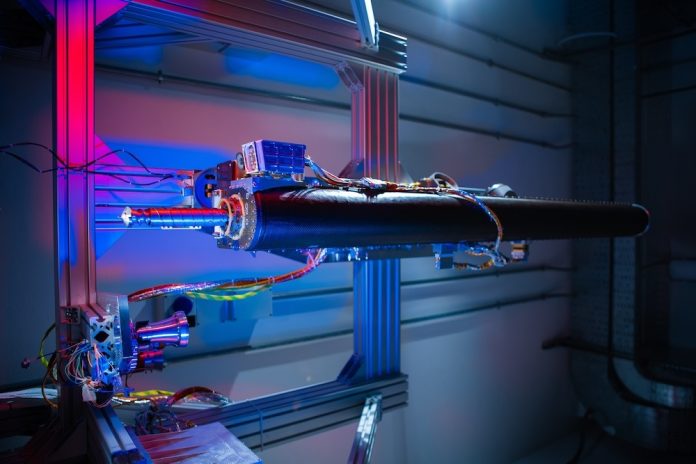
The Moon has been a source of interest of late largely due to the focus on getting humans back to the Moon.
Future human explorers though will likely be there to stay in permanent lunar bases.
Making this a reality means it is of vital importance to harvest materials from the Moon and water is just one of them.
Recently, ESA Announced they have secured a ride to the Moon for their Prospect package in 2027. It consists of a drill and tiny laboratory that will hunt for water and other volatiles, paving the way for human exploration.
The existence of water on the Moon was confirmed in 2009 by NASA’s Lunar Crater Observation and Sensing Satellite.
It primarily exists in the form of ice in the permanently shadowed craters in the polar regions.
It was a significant discovery because it meant that future human explorers might be able to harvest the water and use for drinking, oxygen and even rocket fuel.
Accessing it remains however, challenging because the polar areas are a particularly harsh and challenging environment.
The search for, and analysis of the distribution of water on and under the lunar surface continues apace and one of the upcoming missions, the European Space Agency’s Prospect mission has just booked its ride to the Moon.
In 2027, NASA’s Commercial Lunar Payload Services initiative will journey to the Moon and carry with it the Prospect probe that will include a drill and miniature laboratory.
Prospect’s drill is called ‘ProSEED’ will drill into the lunar regolith (the lunar surface material) to a depth of one metre.
At that depths it is expected to find temperatures less than -100 °C and so any water at that depth will be ice.
It will collect samples at that depth to be transferred into the laboratory (named ProSPA) for analysis. ProSEED is capable of its own analysis work as it carries a multispectral imager (always makes me think of the Ghostbusters movie!) and a permittivity sensor. This allows the drill to measure capacitance of the material and detect volatile substances and the mineral make up of the landing site.
Once the material is transferred into ProSPA, samples will be placed into a multitude of sections like a carousel with multiple ovens, they will be sealed and heated to extract the cold trapped volatiles. It will measure the nature and concentration of volatiles from the gasses released as the samples are heated. It will also test processes for the extraction of the volatiles for future missions.
Simply understanding that water exists on the Moon is not sufficient for its future use to be planned. It is imperative that we understand just how much water is present and more importantly how accessible it is. If relatively accessible then it would be much more economical to extract the water from the Moon than to transport it there. Once it has been harvested, oxygen can be extracted to for human habitats or for rocket fuel and of course, can be used as water to drink.
ProdSEED has already been going through extensive testing and trials in an environment similar to the surface of the Moon with low temperatures and low pressures and has proved capable of drilling into hard material to extract samples.
A successful mission will not only lay the foundations for future human exploration but will also help us to get a more fuller understanding of the lunar environment.
Written by Mark Thompson/Universe Today.



